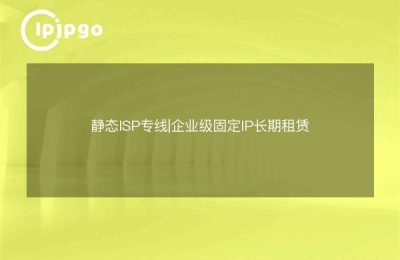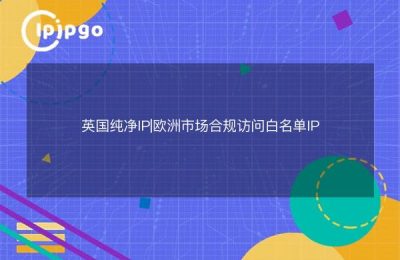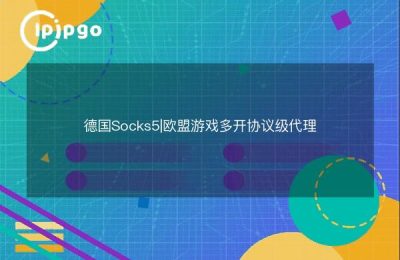
Teach you to use code to realize the proxy IP automatic switching
In actual development, it is often necessary to deal with IP restrictions due to frequent requests. Here we teach you to useDynamic Residential AgentsImplementing smart IP switching, using ipipgo's API service as an example. Let's prepare a Python example first:
import requests
import random
def get_proxy().
Get ipipgo dynamic IP pool
response = requests.get("https://api.ipipgo.com/dynamic-pool")
return random.choice(response.json()['proxies'])
while True: proxy = get_proxy()
proxy = get_proxy()
try.
res = requests.get('Target URL',
proxies={"http": f "http://{proxy}"}, timeout=10
timeout=10
)
print("Request successful, current IP:", proxy)
break).
except Exception as e.
print("IP failed to switch automatically:", proxy)
This code demonstrates theIP Failure Auto Retry MechanismIf you want to get the latest proxy IP pool through ipipgo's API, it will automatically replace the new IP every time the request fails. be careful to set a reasonable timeout (5-10 seconds is recommended) to avoid the overall efficiency being affected by the lagging of a single IP.
Multi-language SDK Development Tips
For projects that need to support both Python and Java, ipipgo provides theStandardized SDK. The differences in the implementation of the two languages are compared here:
| functional module | Python implementation | Java implementation |
|---|---|---|
| IP acquisition | Call the API directly to get JSON | Using OkHttp Requests |
| Exception handling | Try-except catching exceptions | try-catch code block |
Java version of the core code example:
import com.ipipgo.sdk.ProxyManager;
public class Main {
public static void main(String[] args) {
ProxyManager manager = new ProxyManager("your_api_key"); String currentProxy = manager.getNextProxy; public class Main { public static void main(String[] args) {
String currentProxy = manager.getNextProxy();
// Use the proxy to initiate the request...
}
}
Intelligent switching strategy optimization solution
For efficient IP switching, it is recommended to useThree-tier fault-tolerance mechanism::
- First request uses geo-nearest IP (via ipipgo's regional filtering API)
- Failure to switch to another IP in the same region
- Failed to switch to other regional IP for 3 consecutive times
This strategy ensures both request speed and full utilization of the ipipgo overlayMore than 240 countries and territoriesadvantages. It is also recommended to setIP Cooling Time(30-60 minutes), avoid reusing the same IP for short periods of time.
Solutions to Common Problems
Q:Why is the target website still blocked even if I use a proxy IP?
A: It is recommended to turn on ipipgo'sAutomatic Fingerprint Confusionfunction, used in conjunction with dynamic residential IP. Also pay attention to setting reasonable request intervals to avoid abnormal behavioral characteristics.
Q: How to choose between Dynamic IP and Static IP?
A: Data collection projects are recommended to use dynamic IP, automation testing and other scenarios that require a fixed IP to choose a static IP. ipipgo supportAll-Protocol SwitchingThe organization can be adapted at any time to meet business needs.
Q: How to ensure the stability of IP switching?
A: Recommended for simultaneous maintenanceLocal IP pool cachingand real-time API fetch dual channels. ipipgo's API response rate is controlled to less than 200ms, which together with local caching ensures seamless switching.
By rationalizing the use of ipipgo's90 million + residential IP resourcesand intelligent switching strategy, can effectively solve all kinds of IP restriction problems. It is recommended to test the adaptability of specific scenarios through a free trial before choosing a suitable service solution based on business scale.








